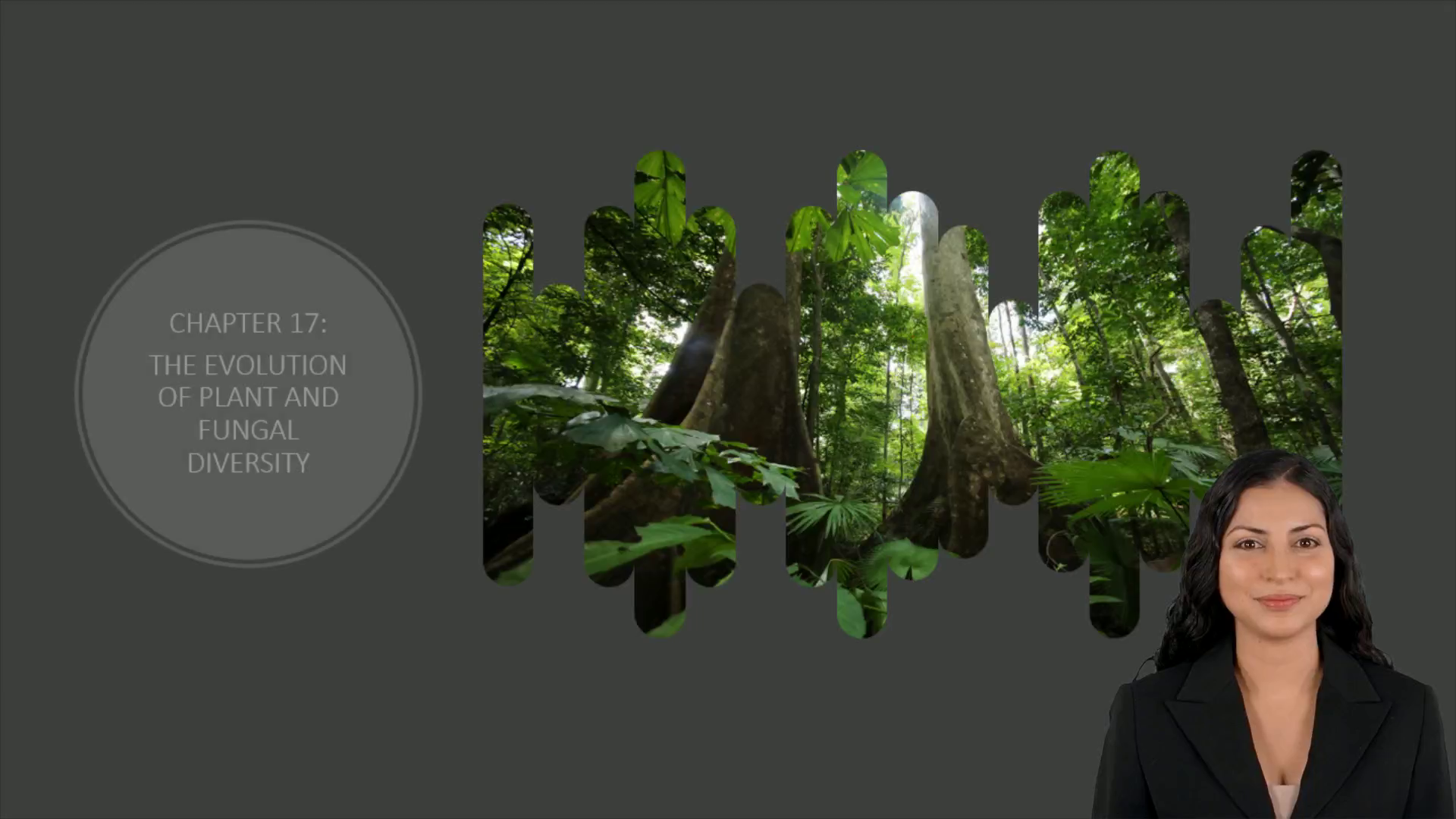
Page 1 (0s)
. [Virtual Presenter] In this presentation, we will explore the evolution of plant and fungal diversity and its historical and ecological importance. We will also discuss the importance of conserving these species. Let's get started..
Page 2 (14s)
. [Virtual Presenter] The fossil evidence indicates that green algae from around 500 million years ago evolved into the earliest land plants. Through evolution, plants developed specialized tissues and organs, like roots, stems, and leaves, as well as several adaptations enabling pollination, fungal symbioses, and the diversification of seed plants. These traits and adaptations have been essential in the establishment of plants and fungi on land..
Page 3 (42s)
. [Virtual Presenter] The evolution of plant and fungal diversity will be discussed. Major groups of plants and fungi, their evolutionary history and ecological significance will be explored. Conservation of their diversity and its impact on the history of life on Earth, ecosystems and human society will be considered..
Page 4 (1m 2s)
[Audio] Exploring the evolution of plant and fungal diversity, as well as the adaptation of plants to life on land, this chapter looks into the emergence of the first plants from aquatic green algae, the development of roots and stems, and the evolution of the cuticle and stomata to enable plants to survive on land..
Page 5 (1m 21s)
[Audio] Plants and fungi have evolved a variety of strategies to survive on land, including producing spores and seeds and forming symbiotic relationships with fungi. To thrive, plants had to overcome significant challenges like dehydration, lack of support, and UV radiation. Through these adaptations, plants became a major group on Earth. Thank you for watching this video and please stay tuned for more Biology content on Biolab2000..